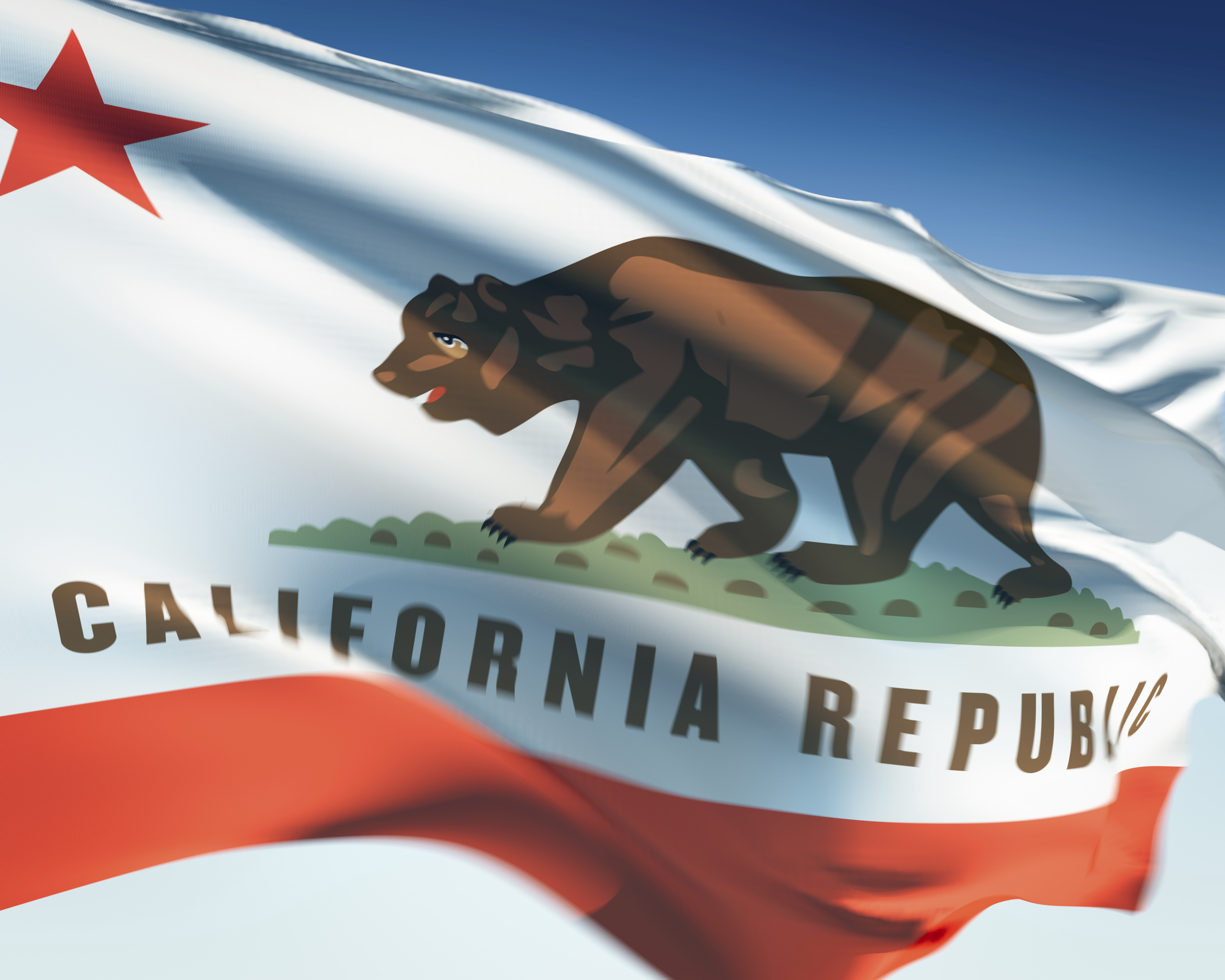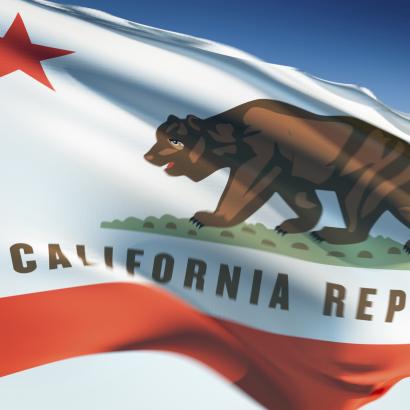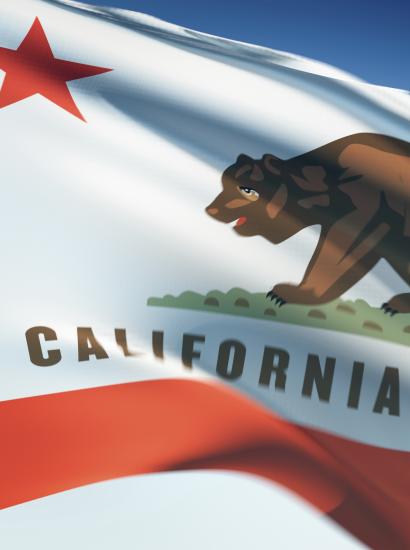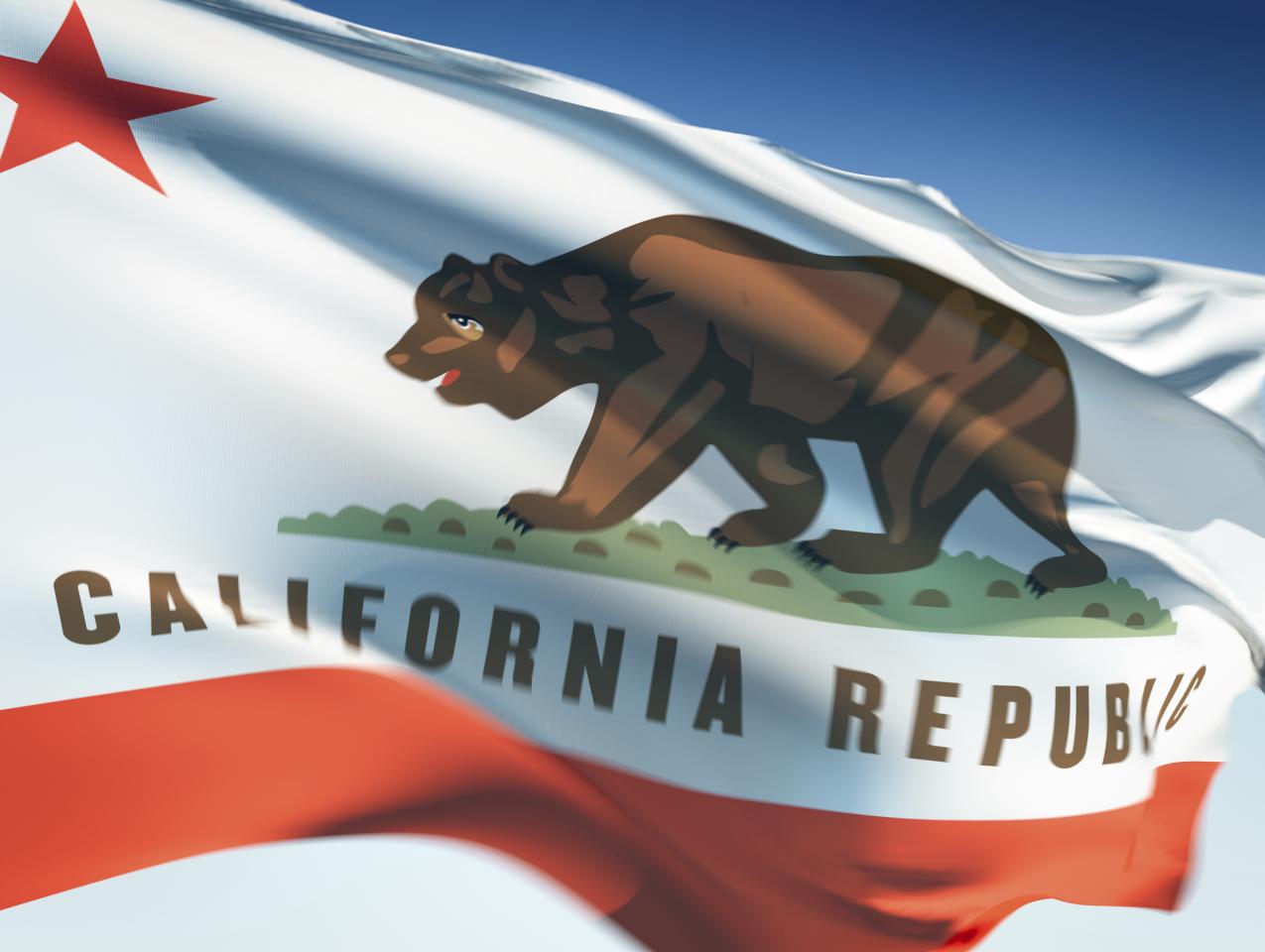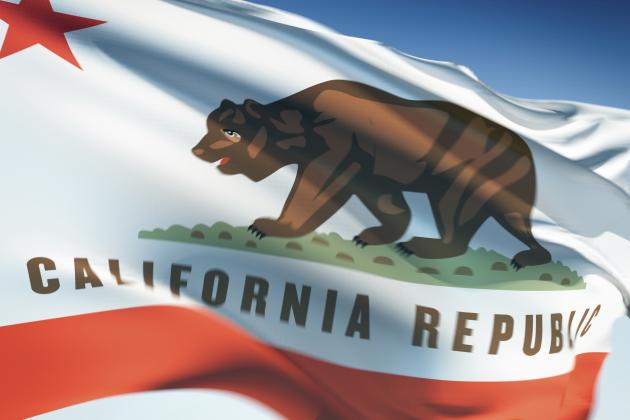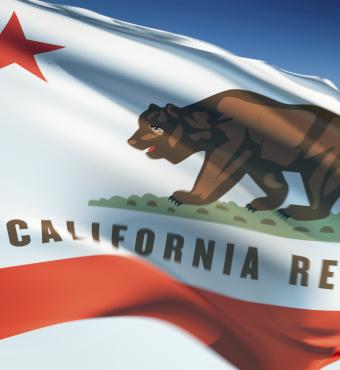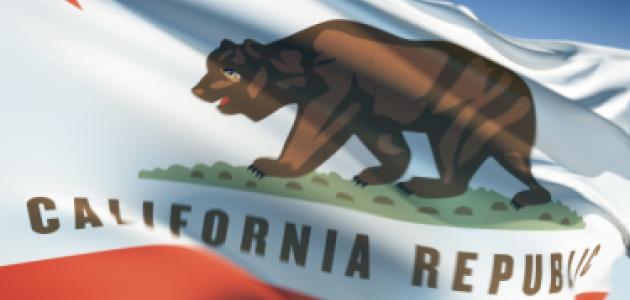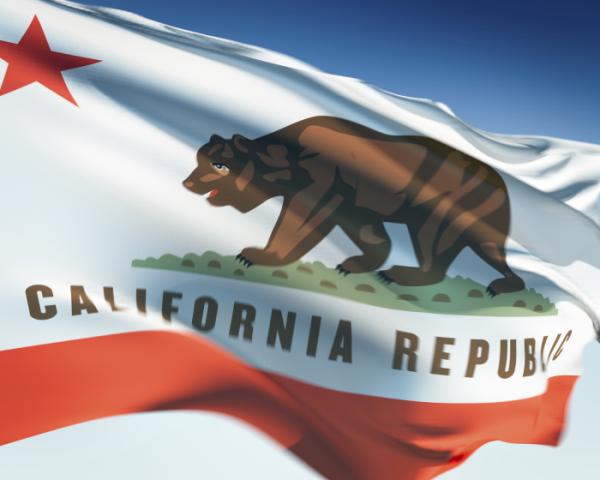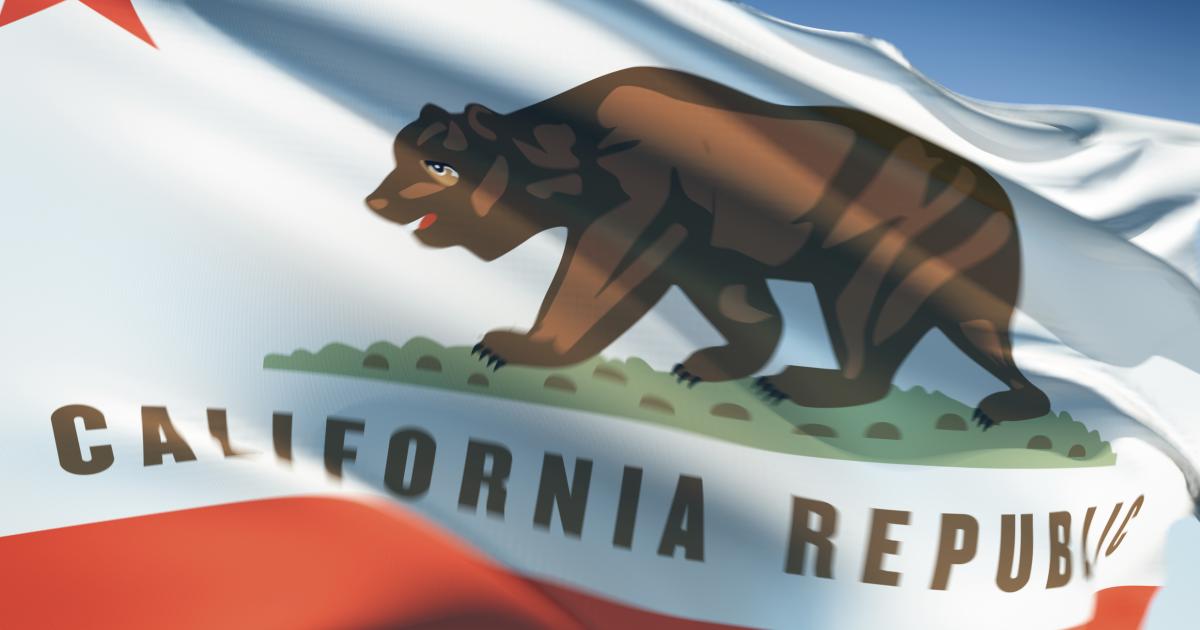- Politics, Institutions, and Public Opinion
- Campaigns & Elections
- State & Local
- California
It didn’t take long, after the polls closed last week in California, for conservatives to cast a happy spin on the results (which will keep changing over the next month as the Golden State takes it sweet time—five-plus weeks after Election Day—to certify the statewide vote).
This wasn’t true of the presidential race in California, where president-elect Joe Biden became the first candidate to top nine million votes (four years ago, Hillary Clinton received 8.75 million votes). President Donald Trump did improve on his past performance —holding 33.3% of the vote at present, as opposed to 31.6% four years ago. Still, it’s a divide of more than 4.78 million votes—more than double the 2.3 million votes that Trump received in all of Illinois.
So what has the right jazzed over what, at the top of the ticket at least, would seem like another bad night in California for the conservative cause?
Two things.
First, the results in California’s congressional races—namely, those districts that were swept up in 2018’s “blue wave” across America, with another anti-Trump tsunami supposedly coming ashore in 2020.
Granted, votes are still being counted. However, let’s look at three seats that changed colors in 2018, going from red to blue, and could revert to red next month.
- In California’s 21st Congressional District (just southwest of Fresno), Republican David Valdao upped his performance from 49.6% in 2018 to 51.8%.
- In the 39th CD (parts of Los Angeles, Orange, and San Bernardino Counties), the GOP share grew from 50.5% to 50.4%.
- In the 48th CD (most of Orange County’s coast), the GOP share grew from 46.7% to 50.9% with Republican Michelle Steele claiming victory yesterday.
The significance: it could mean potentially three House pickups for Republicans, plus a hold (in the 25th CD, which the GOP claimed in a special election earlier this year) in seats that were assumed to be turning a deeper shade of blue as part of a political realignment in the Golden State.
As surprising as that development is, it’s not as intriguing as what occurred on another portion of California’s ballot—the initiative slate.
Here, I’m looking at Proposition 16, the subject of this Hoover Eureka piece by former US representative Tom Campbell prior to the election. That measure, placed on the ballot by the Democratic-controlled State Legislature, sought to reverse 1996’s Proposition 209, which ended affirmative action and race-based preferences at California’s public colleges (the initiative’s language: California “shall not discriminate against, or grant preferential treatment to, any individual or group on the basis of race, sex, color, ethnicity or national origin”).
Twenty-four years ago, Prop 209 breezed to victory with 54.5% support from voters.
At present, the “no” vote on Prop 16—i.e., a vote to continue Prop 209’s policy—stands at 56.5%.
This in a state that’s voted reliably Democratic in all seven presidential and eight US Senate races dating back to 1996, plus five of six gubernatorial contests (I’m not counting the 2003 recall election). Moreover, a state that has approximately 6.2 million more registered voters at the time of this year’s election versus the one back in 1996, with a wider disparity between Democrats and Republicans (a 22-point advantage for Democrats now, compared to a 10-point gap at the time of the Prop 209 vote in 1996).
In sum, California—a state where “Cruz” is prefaced by “Santa” and not “Ted”—supposedly was no longer a state where a conservative “wedge” from the 1990s would thrive. And yet it did.
So what’s the explanation?
I have two theories.
First, one of the problems with Proposition 16 was messaging malpractice.
Consider this ad that populated California’s airwaves leading up to last week’s vote (with support from the state’s Democratic establishment, the “yes” side raised $31.6 million compared to only $1.6 million in the “no” war chest).
You’ll notice: the ads targets gender inequality (“Proposition 16 takes on discrimination. Some women make as little as 42 percent of what a man makes. Voting yes on Prop 16 helps us fix that,” according to the campaign ad), flashes an image of vice president–elect Kamala Harris, and then suggests that opposing the measure is tantamount to endorsing white supremacy (a scary image of marchers bearing tiki torches).
Missing from the ad: any mention of affirmative action or making California universities more accessible for society’s less privileged. So much for clarity of message.
Which takes up to Prop 16’s second problem: poor timing.
One might assume that a Democratic-laden turnout in California in a presidential election, coupled with a summer of social activism driven by the notion of racial injustice, would have provided Proposition 16 with a formidable tailwind.
But that doesn’t take into account what’s happening at the university level.
Latinos represent the leading group of prospective freshmen accepted into the University of California for this year’s fall term—the most diverse first-year class ever admitted, per preliminary data just released. (Latinos edged out Asian Americans for the first time—36% to 35%—with Whites accounting for 21% and African Americans 5%). What this implies: Latinos, who account for 30.5% of eligible voters in California, perhaps aren’t as riled as Prop 16’s architects may have hoped.
So perhaps Prop 16’s resounding defeat suggests there’s a limit to wokeness in the Golden State—a notion reinforced by the apparent defeat of Proposition 25, which spoke to social justice warriors by proposing to replace money bail with a system based on public safety and flight risk.
But before we declare California the “New Wyoming,” a quick reality check.
Three days after the election, California’s Department of Education announced that it will be releasing its latest recommendations for expanding state schools’ ethnic studies curriculum.
The revised curriculum reportedly will include an expanded appendix on Arab Americans, Armenian Americans, Sikh Americans, and Jewish Americans. Resources for Asian American studies will now include Filipina/o/x studies, Pacific Islander studies, Southeast Asian studies, and material covering Japanese Americans, Korean Americans, and Laotian Americans. State educrats also want to enhance existing lessons on Native American and African American studies.
While identity politics may have failed at the ballot (and mail) box, it would seem that it’s alive and thriving in Sacramento.
Does that sound like conservativism on the ascent?







